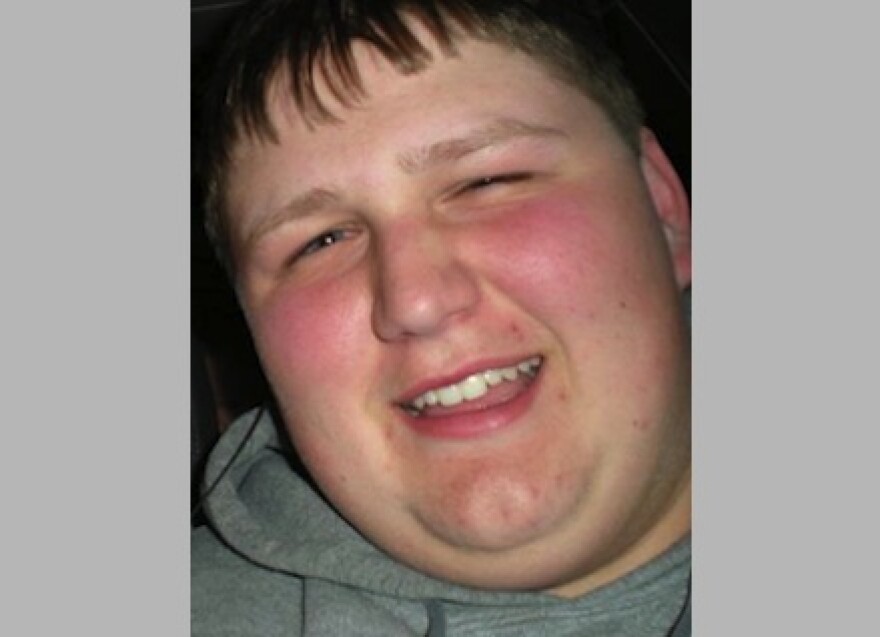Last October, a freshman at Washington State University passed out after consuming hard liquor and an energy drink. The student later died in the hospital. His blood alcohol level was about five times the legal limit.
That led to some soul-searching on the campus in Pullman, Wash.
It turns out an average of 200 students each year end up in the ER at Pullman Regional Hospital for alcohol poisoning and alcohol-related injuries.Now, a task force has some recommendations aimed at making a lasting change.
The new approach follows a philosophy called “harm reduction” – by teaching students the dangers of drinking, while also teaching them how to keep safe if they choose to imbibe.
The two most concrete steps are:
- Any student who ends up in the Pullman hospital for reasons relating to alcohol will now get mandatory drug and alcohol screening, and follow-up counseling as needed.
- All freshmen must participate in a mandatory program on booze and sex decision-making, using the harm-reduction model. If they don't complete it, they can't register for second semester.
The alcohol seminar started in the fall, triggered by earlier alcohol-related injuries. Nearly every freshman has been through it, including the student who died.
The task force report says fewer students are drinking than in the past ten years, but there's also more binge drinking, which is defined as having at least four or five drinks in a row.
Binge drinking appears to be “culturally entrenched,” according to the report authored by Dr. Bruce Wright, a psychiatrist who serves as the executive director of WSU’s Health & Wellness Services.
"What we seem to be finding is there's a small segment of students who are high-risk and drink in a pretty high-risk fashion," says Wright. "We have always had that segment of students, but the high risk students are getting even higher risk."
For example, students who end up in the hospital are arriving with blood alcohol levels that are five or six times the legal limit, says Wright. And they are more likely to combine alcohol and energy drinks, or alcohol and drugs, he says.
Overall, however, the number of students who say they abstain entirely has gone up slightly.
The task force found the biggest dangers relate to caffeinated energy drinks, along with drinking games. Caffeine appears to make people less aware of how drunk they really are, so they keep consuming.
He also blames the privatization of hard liquor sales, which has made hard liquor much more available near campus.
Those trends apparently came together in the case of Kenny Hummel, the 18-year-old who died on campus on Oct. 27, 2012. He was found alone and unconscious.







